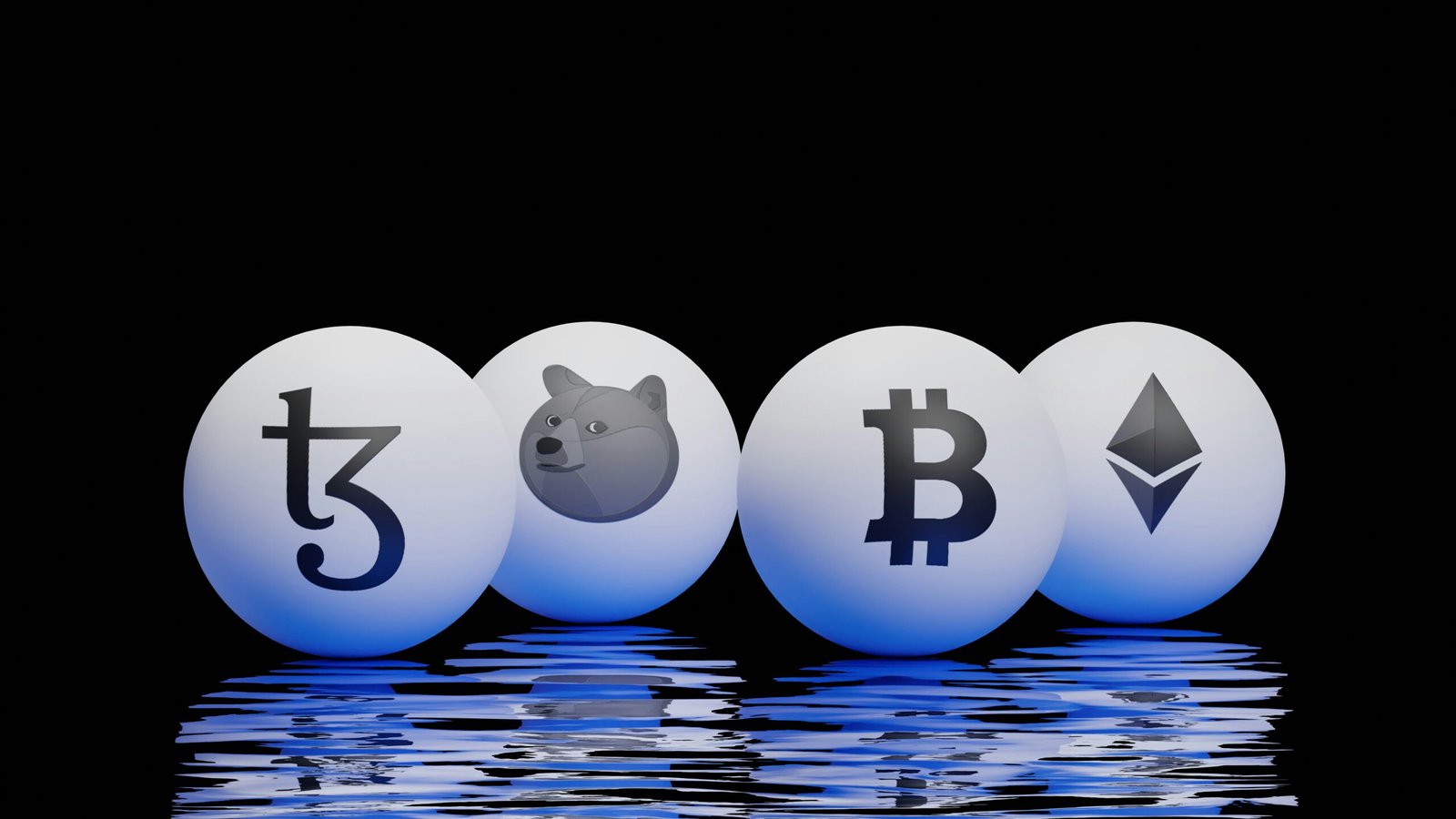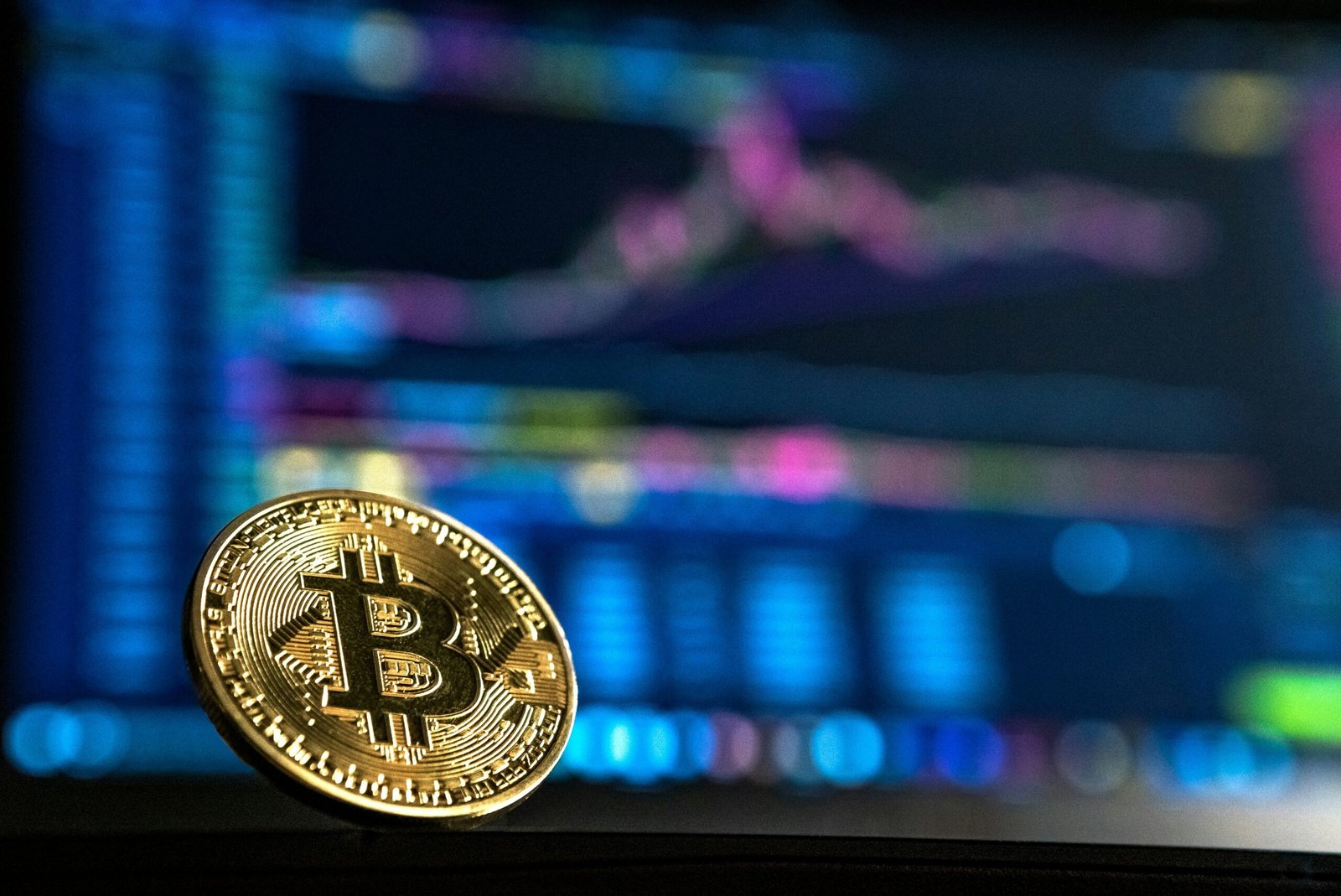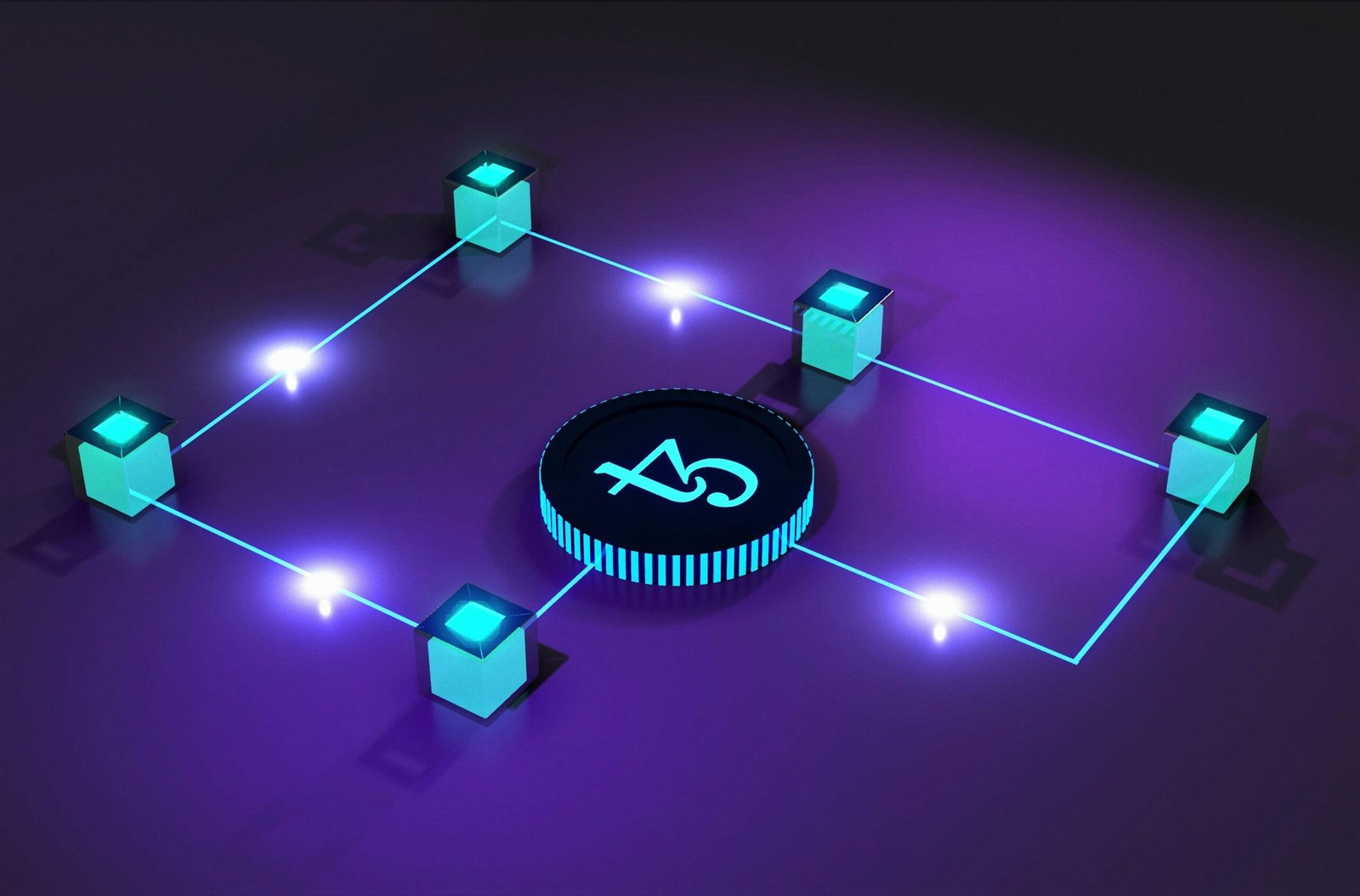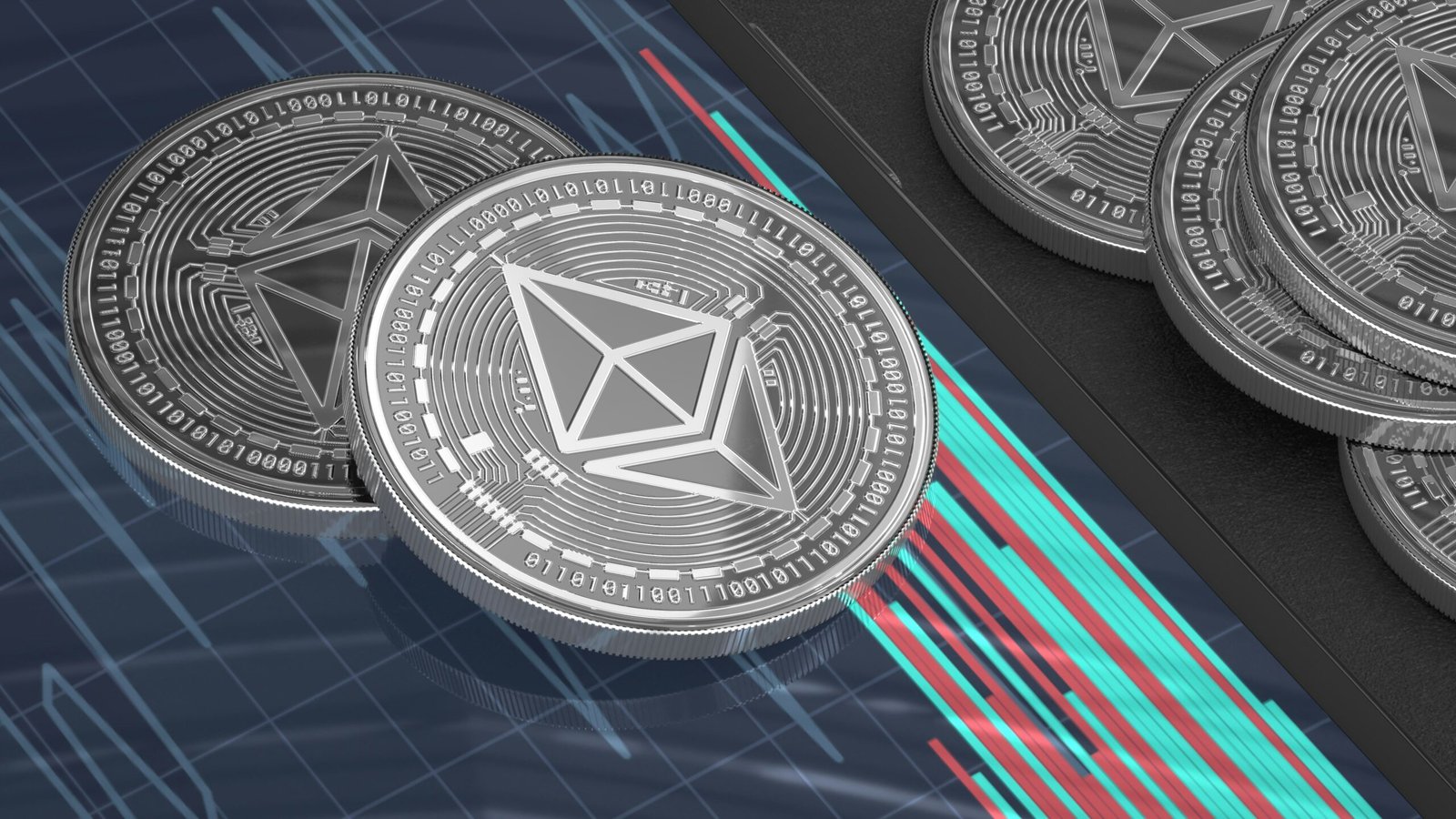How to Buy Ripple (XRP) – A Beginner’s Guide
Introduction to Ripple (XRP)
Ripple (XRP) is a digital payment protocol and cryptocurrency that was first released in 2012 by Ripple Labs Inc. Unlike traditional cryptocurrencies such as Bitcoin, which primarily serve as a decentralized form of digital currency, Ripple aims to revolutionize the way financial institutions transfer money across borders. Ripple’s primary objective is to offer a fast, low-cost international payment system that can be adopted by banks and other financial institutions to facilitate cross-border transactions efficiently.
One of the key differentiators of Ripple (XRP) is its consensus ledger system, which is considerably faster and more energy-efficient compared to the proof-of-work mechanisms used by other cryptocurrencies. This allows Ripple to process transactions in a matter of seconds, as opposed to the longer confirmation times associated with Bitcoin and Ethereum. Ripple’s technology enables instant settlement, reducing the reliance on traditional banking systems and intermediaries, thereby lowering transaction costs and improving liquidity.
Ripple has garnered significant attention due to its strategic partnerships with prominent financial institutions and payment service providers. Companies such as Santander, American Express, and Standard Chartered are among the notable entities that have collaborated with Ripple to enhance their cross-border payment capabilities. These partnerships have cemented Ripple’s reputation as a transformative player within the financial sector.
In terms of market position, Ripple (XRP) consistently ranks among the top cryptocurrencies by market capitalization. Its robust technology and established partnerships contribute to its strong market presence. Furthermore, the growing adoption of Ripple’s payment solutions indicates a promising potential for growth, as more institutions recognize the benefits of integrating Ripple’s technology into their operations. As the demand for efficient and cost-effective cross-border payment solutions continues to rise, Ripple (XRP) is well-positioned to capitalize on this trend.
Understanding Ripple’s Technology
Ripple’s technology stands out in the cryptocurrency landscape due to its unique approach to transaction processing and its focus on facilitating low-cost, real-time international payments. At the heart of Ripple’s ecosystem is RippleNet, a decentralized network designed to enable seamless cross-border transactions. RippleNet leverages a consensus algorithm rather than the traditional proof-of-work model used by other cryptocurrencies like Bitcoin. This consensus algorithm allows for faster transaction validation with lower energy consumption.
RippleNet’s consensus algorithm relies on a network of independent validators, which include banks, payment providers, and other financial institutions. These validators work together to verify and process transactions on the Ripple network. Unlike other blockchains where miners compete to solve complex mathematical problems, Ripple’s consensus mechanism requires validators to reach a majority agreement before a transaction is considered valid. This approach dramatically reduces transaction times, often settling payments in just a few seconds.
One of the key components of Ripple’s technology is its native cryptocurrency, XRP. XRP serves as a bridge currency in transactions involving different fiat currencies, facilitating liquidity and reducing the need for pre-funded accounts. This eliminates the delays and costs associated with traditional correspondent banking systems. Additionally, the use of XRP allows for near-instantaneous currency conversion, further streamlining the payment process.
Another significant advantage of Ripple’s technology is its low transaction fees. Traditional international payments can be costly due to various intermediaries and processing fees. RippleNet significantly reduces these costs by eliminating the need for multiple intermediaries and providing a more direct transaction path. This makes Ripple an attractive option for financial institutions and businesses looking to optimize their cross-border payment operations.
In summary, Ripple’s technology offers a compelling solution for fast, low-cost international payments. By leveraging RippleNet, the consensus algorithm, and the role of validators, Ripple ensures efficient transaction processing and provides significant benefits over traditional payment systems. As a result, Ripple and XRP have become integral tools for many financial institutions seeking to enhance their global payment capabilities.
Setting Up a Digital Wallet
When venturing into the world of Ripple (XRP), one of the most crucial steps is setting up a digital wallet. A digital wallet serves as a secure repository for your XRP, safeguarding it from unauthorized access. There are several types of wallets to consider, each with its own advantages and disadvantages.
Hardware Wallets: These are physical devices that store your XRP offline, providing a high level of security against cyber threats. Hardware wallets are immune to malware attacks but come at a higher cost and require careful handling to avoid physical damage or loss.
Software Wallets: These are applications installed on your computer or mobile device. They offer convenient access to your XRP but are more vulnerable to hacking and malware compared to hardware wallets. Ensuring your device has robust security measures is essential when using software wallets.
Mobile Wallets: Specifically designed for smartphones, these wallets provide portability and ease of use. They are ideal for users who frequently transact on the go. However, mobile wallets share similar security concerns with software wallets and necessitate stringent security practices.
Paper Wallets: A paper wallet involves printing your XRP private keys on a physical piece of paper. This method keeps your keys offline, making it immune to online threats. However, paper wallets are susceptible to physical damage or loss, and generating them requires precise care to avoid errors.
To set up a digital wallet, follow these general steps:
1. Choose a Wallet: Select the type of wallet that best suits your needs and download the relevant software or purchase a hardware wallet.
2. Install and Configure: For software and mobile wallets, install the application and follow the on-screen instructions. For hardware wallets, follow the manufacturer’s setup guide.
3. Create Strong Passwords: Set a robust password for your wallet, combining uppercase letters, lowercase letters, numbers, and special characters.
4. Backup Phrases: Most wallets provide a backup phrase or recovery seed. Write this down on paper and store it in a secure location. This phrase is crucial for recovering your wallet if you forget your password or lose access to your device.
5. Enable Additional Security Features: Where available, enable two-factor authentication (2FA) and other advanced security features to further protect your wallet.
Properly setting up and securing your digital wallet is a fundamental step in safeguarding your XRP. By carefully choosing the right wallet and implementing stringent security measures, you can ensure the safety of your digital assets.
Choosing a Cryptocurrency Exchange
When it comes to purchasing Ripple (XRP), selecting a reliable and secure cryptocurrency exchange is paramount. The first factor to consider is the user interface. An intuitive and user-friendly interface makes navigating the platform easier, especially for beginners. Exchanges like Binance, Coinbase, and Kraken are known for their straightforward interfaces, which can significantly enhance your trading experience.
Fees are another critical aspect. Different exchanges charge varying fees for transactions, deposits, and withdrawals. For instance, Binance offers competitive trading fees, while Coinbase may have higher fees but compensates with robust security features. Understanding the fee structure of each exchange can help you make a cost-effective decision.
Security measures are non-negotiable when dealing with cryptocurrencies. Look for exchanges that employ advanced security protocols, such as two-factor authentication (2FA), cold storage, and encryption. Kraken, for example, is renowned for its stringent security practices, making it a preferred choice for many traders.
Liquidity is crucial as well. High liquidity ensures that you can buy or sell XRP quickly without significantly affecting its price. Exchanges like Binance and Bitfinex are noted for their high liquidity, providing a seamless trading experience.
Lastly, consider the customer support provided by the exchange. Efficient and responsive customer service can resolve issues promptly, ensuring a smooth trading process. Coinbase, for instance, is praised for its robust customer support, offering various channels for user assistance.
Here’s a brief comparison of some popular exchanges that support XRP:
- Binance: Low fees, high liquidity, user-friendly interface, strong security measures.
- Coinbase: High fees, excellent security, robust customer support, easy-to-use interface.
- Kraken: Moderate fees, high security, good liquidity, comprehensive trading tools.
- Bitfinex: Competitive fees, high liquidity, advanced trading features, strong security.
Choosing the right cryptocurrency exchange involves evaluating these factors to ensure a secure and efficient trading experience. By doing so, you can confidently proceed with purchasing Ripple (XRP) and other digital assets.
Buying Ripple (XRP)
Purchasing Ripple (XRP) requires a few systematic steps, starting with selecting a reputable cryptocurrency exchange. Once you have chosen an exchange, the first step is to create an account. This typically involves providing your email address, creating a secure password, and completing any additional security measures such as two-factor authentication (2FA). After registering, you will need to verify your identity. Most exchanges require a form of government-issued identification, which ensures compliance with regulatory standards and enhances the security of your account.
Once your account is set up and verified, the next step is depositing funds. Most exchanges offer multiple methods for funding your account, including bank transfers, credit cards, and sometimes even PayPal. Bank transfers usually have lower fees but might take a few days to process, while credit card deposits are instant but can incur higher fees. Choose the method that best suits your needs and follow the exchange’s instructions to complete the deposit process.
With funds in your account, you are ready to place a buy order. Navigate to the trading section of the exchange platform and locate the XRP trading pair that corresponds to the currency you deposited (e.g., XRP/USD or XRP/EUR). Here, you will find options to place different types of orders, including market orders and limit orders. A market order allows you to purchase XRP at the current market price, which is ideal for beginners due to its simplicity. A limit order, on the other hand, lets you set a specific price at which you want to buy XRP, providing more control over your purchase.
After selecting your preferred order type, enter the amount of XRP you wish to purchase and review the transaction details, including any applicable fees. Confirm your order, and the exchange will execute the trade on your behalf. Once the transaction is complete, your newly acquired XRP will be available in your exchange wallet. For added security, consider transferring your XRP to a personal wallet where you have full control over your private keys.
Storing Your XRP Safely
After purchasing Ripple (XRP), the next crucial step is ensuring the secure storage of your assets. Storing XRP safely is paramount to protect your investment from potential threats such as hacking or unauthorized access. The first line of defense is to transfer your XRP from the exchange to a digital wallet. Leaving your assets on an exchange puts them at risk since exchanges can be targets for cyber-attacks.
When choosing a digital wallet, consider options such as hardware wallets, software wallets, or paper wallets. Hardware wallets, like Ledger Nano S or Trezor, are physical devices that store your private keys offline, providing an extra layer of security against online threats. Software wallets, such as Trust Wallet or Exodus, are applications you can install on your computer or smartphone. While they offer convenience, ensuring that your device is secure is vital. Paper wallets involve printing your private keys and storing them in a safe place, offline and away from potential digital threats.
Regardless of the type of wallet you choose, enabling two-factor authentication (2FA) is a best practice for enhancing security. 2FA adds an additional verification layer, making it harder for unauthorized individuals to access your wallet. This typically involves receiving a code on your mobile device, which you must enter along with your password.
Regularly updating your wallet software is another critical step in safeguarding your XRP. Developers frequently release updates that include security patches and enhancements. Staying current with these updates ensures that your wallet remains protected against the latest vulnerabilities.
Additionally, be cautious of phishing attempts and scams. Always verify the authenticity of websites and emails before inputting your private information. Avoid sharing your private keys and backup phrases with anyone, as these are the keys to your digital assets.
By following these best practices, you can store your XRP securely and protect your investment from potential threats. Taking proactive steps to secure your digital wallet is essential in the evolving landscape of cryptocurrency.
Monitoring and Managing Your Investment
Once you’ve made the decision to invest in Ripple (XRP), it is crucial to implement strategies for effectively monitoring and managing your investment. Keeping track of the value of XRP is essential to making informed decisions. There are numerous tools and applications available that can assist you in tracking cryptocurrency prices and setting alerts to stay updated on market movements.
Applications such as CoinMarketCap, CryptoCompare, and Blockfolio provide real-time data and price alerts for various cryptocurrencies, including XRP. These tools allow you to customize your alerts based on specific price points, ensuring you are notified of significant changes in the market. Additionally, many of these apps offer detailed charts and historical data, which can be invaluable for analyzing trends and making predictions.
When it comes to managing your investment, you need to decide on a strategy that aligns with your financial goals. Generally, investors choose between long-term holding and active trading. Long-term holding, often referred to as “HODLing” in the crypto community, involves buying XRP and holding onto it for an extended period, regardless of short-term market fluctuations. This strategy is based on the belief that the value of XRP will increase significantly over time, providing substantial returns.
On the other hand, active trading involves buying and selling XRP frequently to capitalize on short-term price movements. This approach requires a deep understanding of market trends, technical analysis, and a higher tolerance for risk. Traders often use advanced tools and platforms, such as Binance and Kraken, to execute trades efficiently and effectively.
Staying informed about market trends and news is paramount for both long-term holders and active traders. Following reputable news sources, joining cryptocurrency forums, and participating in social media discussions can provide valuable insights into market sentiment and potential regulatory changes. Moreover, keeping an eye on developments related to Ripple Labs, the company behind XRP, can offer crucial information that may impact the value of your investment.
In conclusion, effectively monitoring and managing your XRP investment involves utilizing reliable tools for price tracking, selecting an appropriate investment strategy, and staying informed about market trends and news. By doing so, you can make well-informed decisions and optimize the potential returns on your investment.
Legal and Tax Considerations
When purchasing Ripple (XRP), it is crucial to be aware of the legal and tax considerations associated with this digital asset. The regulatory landscape for cryptocurrencies can vary significantly from one jurisdiction to another, making it essential for investors to understand the specific requirements in their region. Many countries have established regulatory frameworks for cryptocurrencies, categorizing them as either commodities, securities, or a new asset class. Failure to comply with these regulations can result in legal repercussions, including fines or other penalties.
Tax obligations are another vital aspect to consider when buying and holding XRP. Cryptocurrency transactions, including the purchase, sale, and trade of XRP, may be subject to capital gains tax. The tax treatment of XRP transactions typically depends on the holding period and the nature of the transaction. Short-term holdings (less than one year) are generally taxed at a higher rate than long-term holdings (more than one year). It is essential to keep detailed records of all transactions, including the date of purchase, cost basis, and sale price, to accurately calculate any potential tax liabilities.
Reporting gains or losses from XRP transactions is a requirement in many jurisdictions. Investors must declare their cryptocurrency holdings and any realized gains or losses on their tax returns. Accurate reporting ensures compliance with tax laws and helps avoid potential audits or penalties. The complexity of cryptocurrency taxation underscores the importance of consulting with a financial advisor or tax professional. These experts can provide personalized advice, helping investors navigate the intricacies of local regulations and optimize their tax strategies.
In summary, understanding the legal and tax implications of buying and holding XRP is essential for compliance and financial planning. By staying informed and seeking professional guidance, investors can ensure they meet regulatory requirements and manage their tax obligations effectively.






